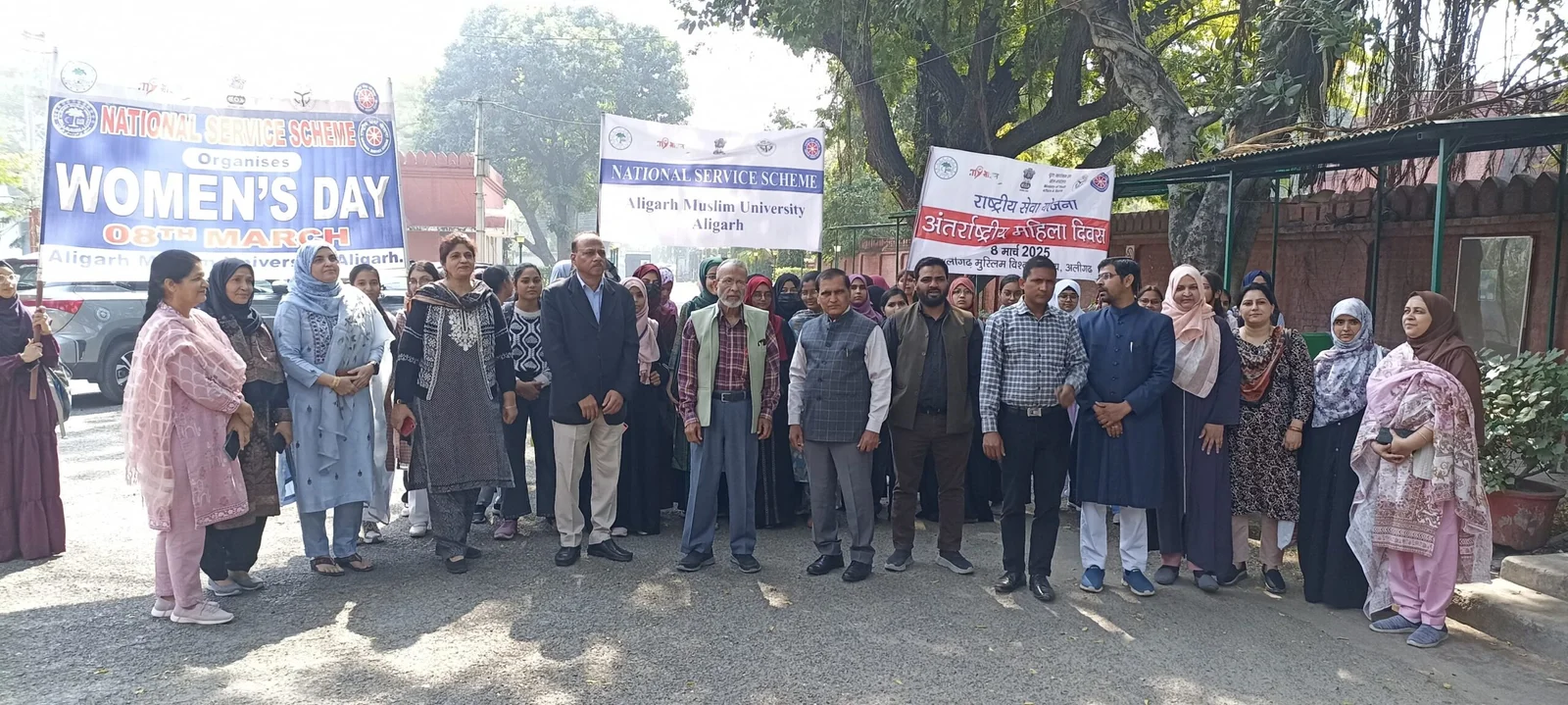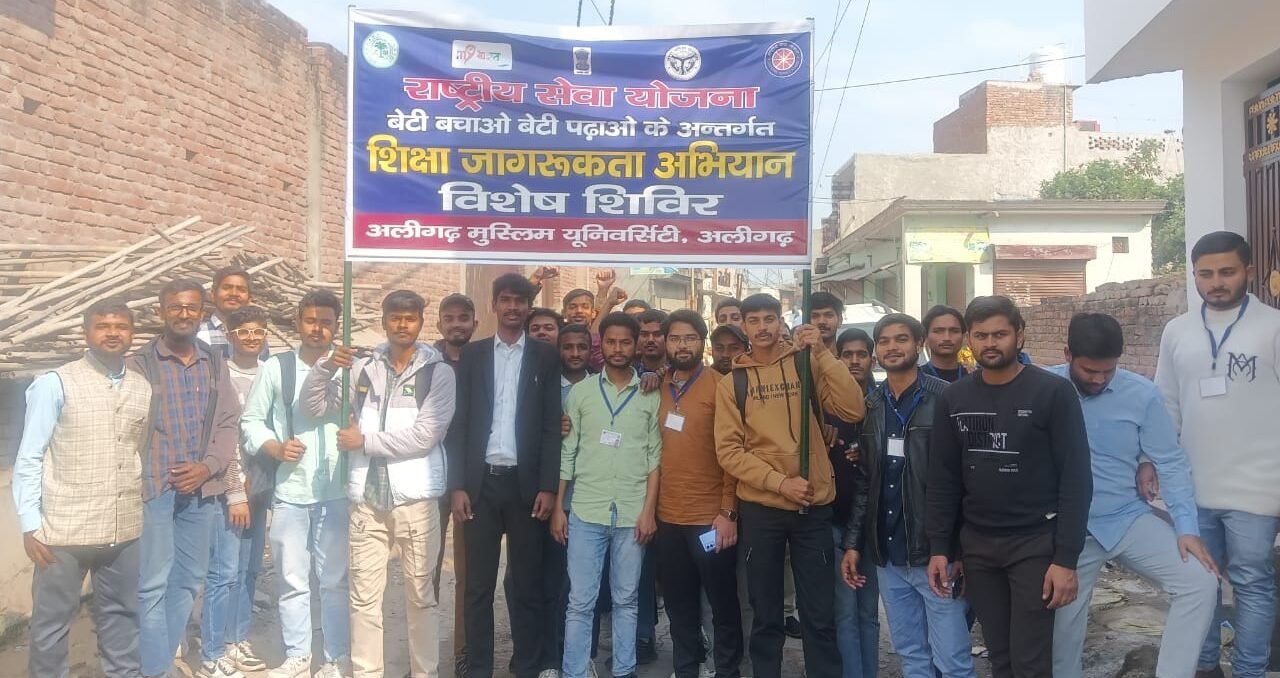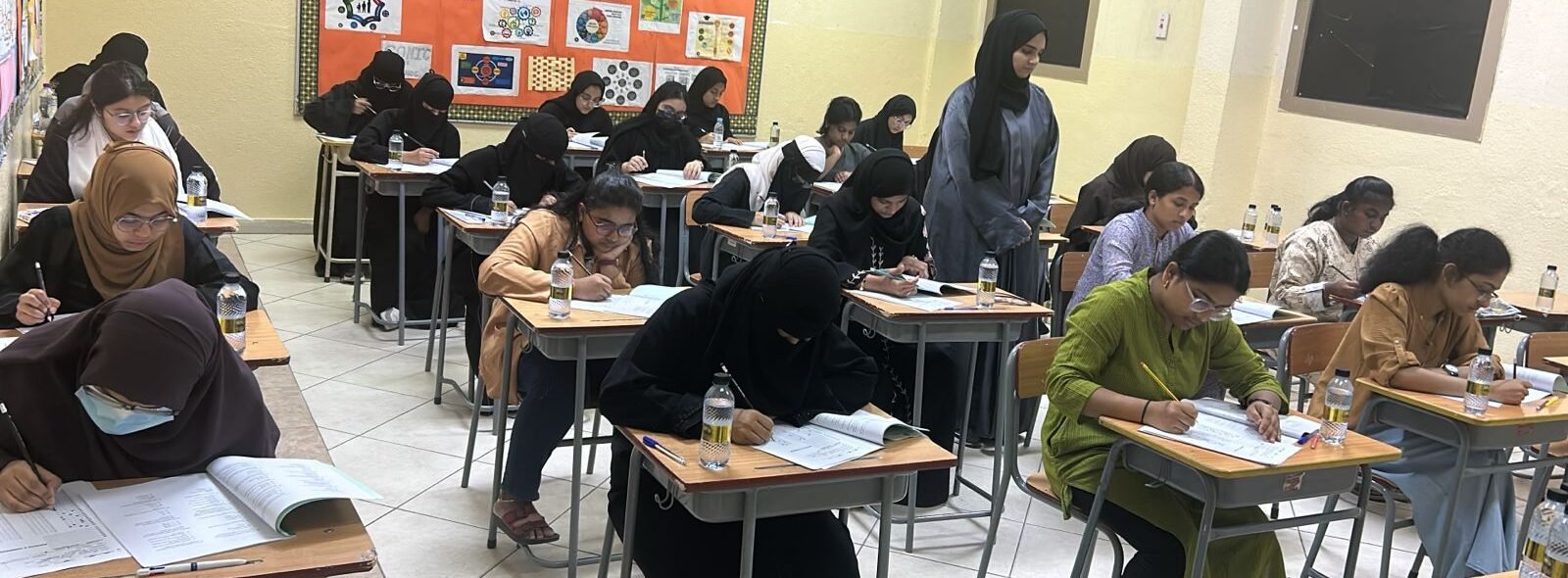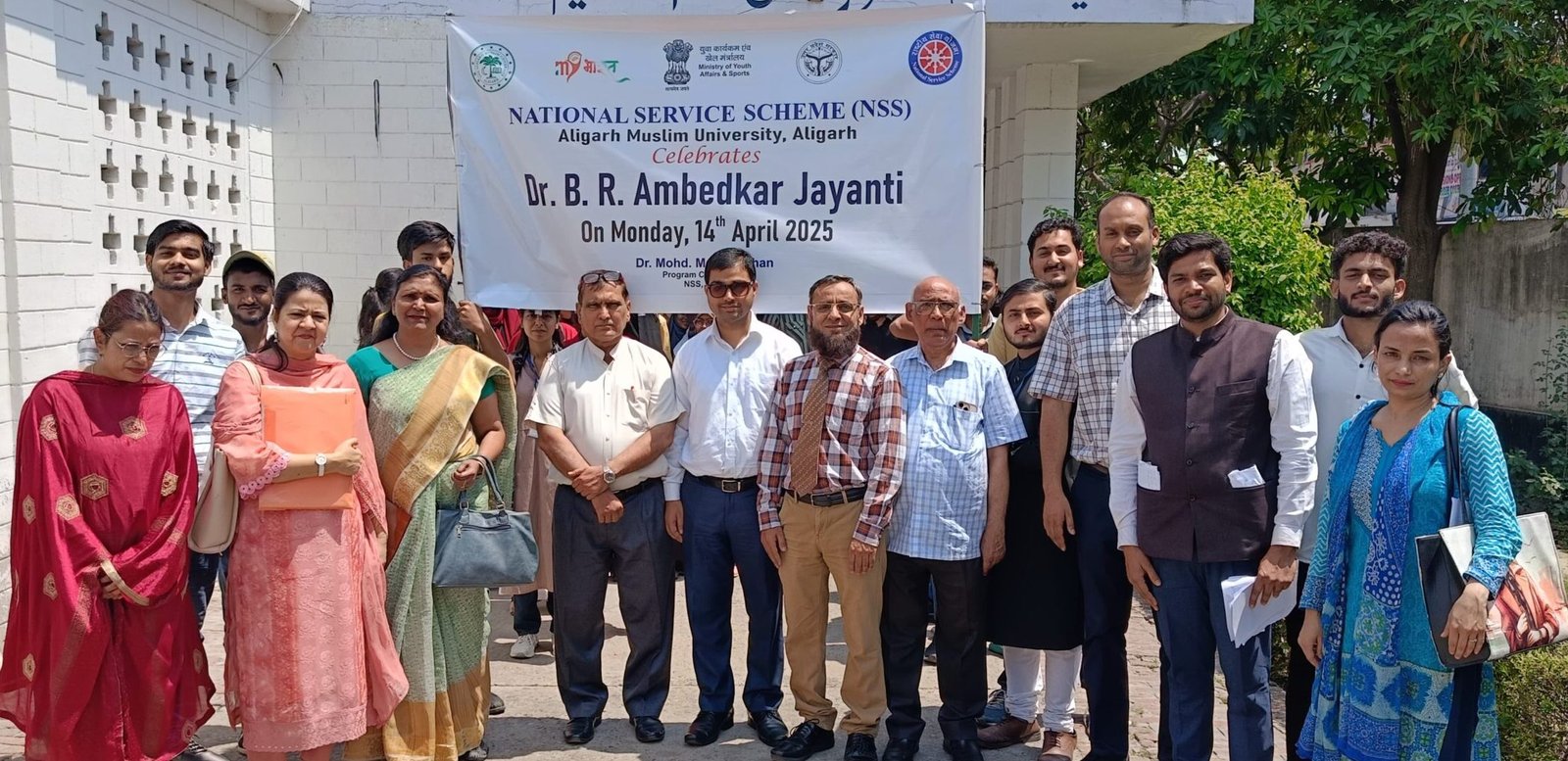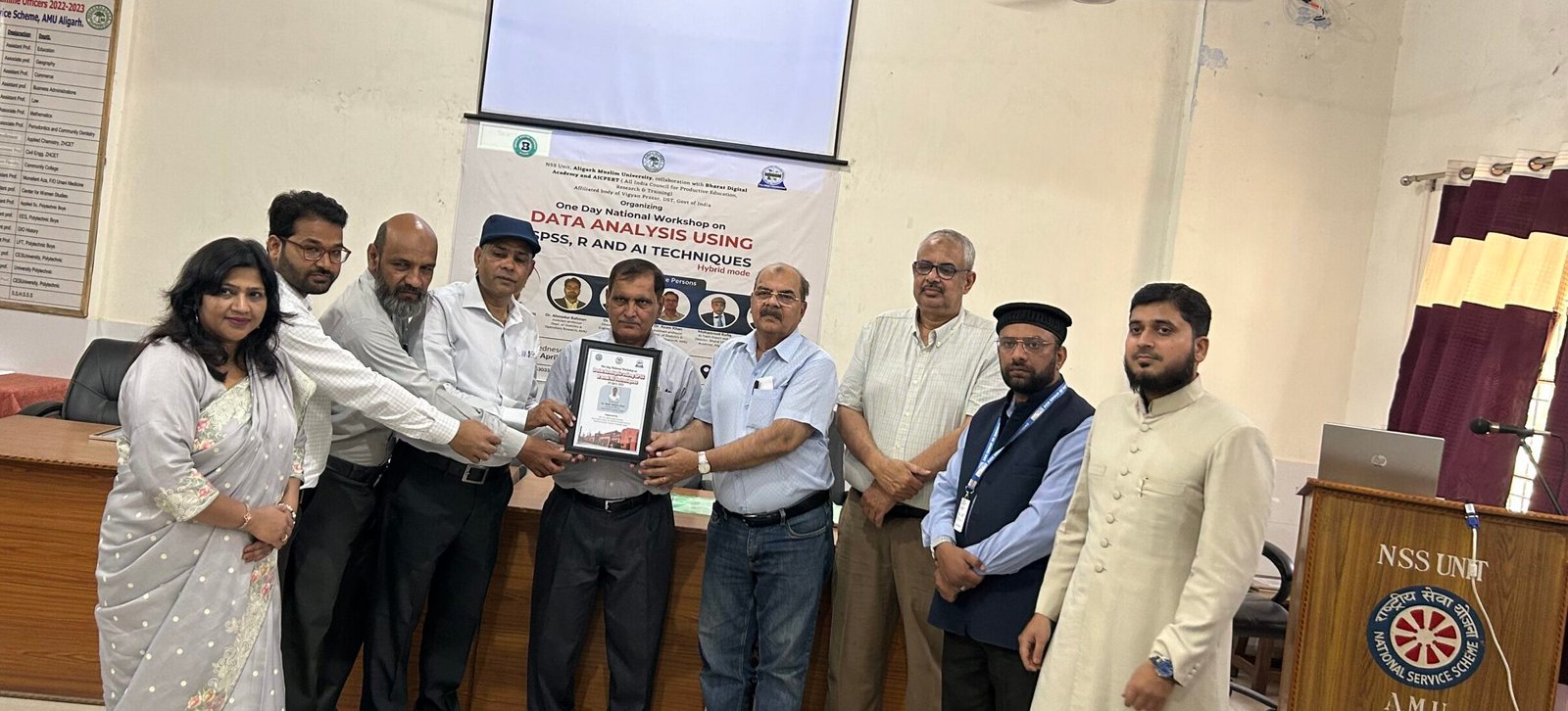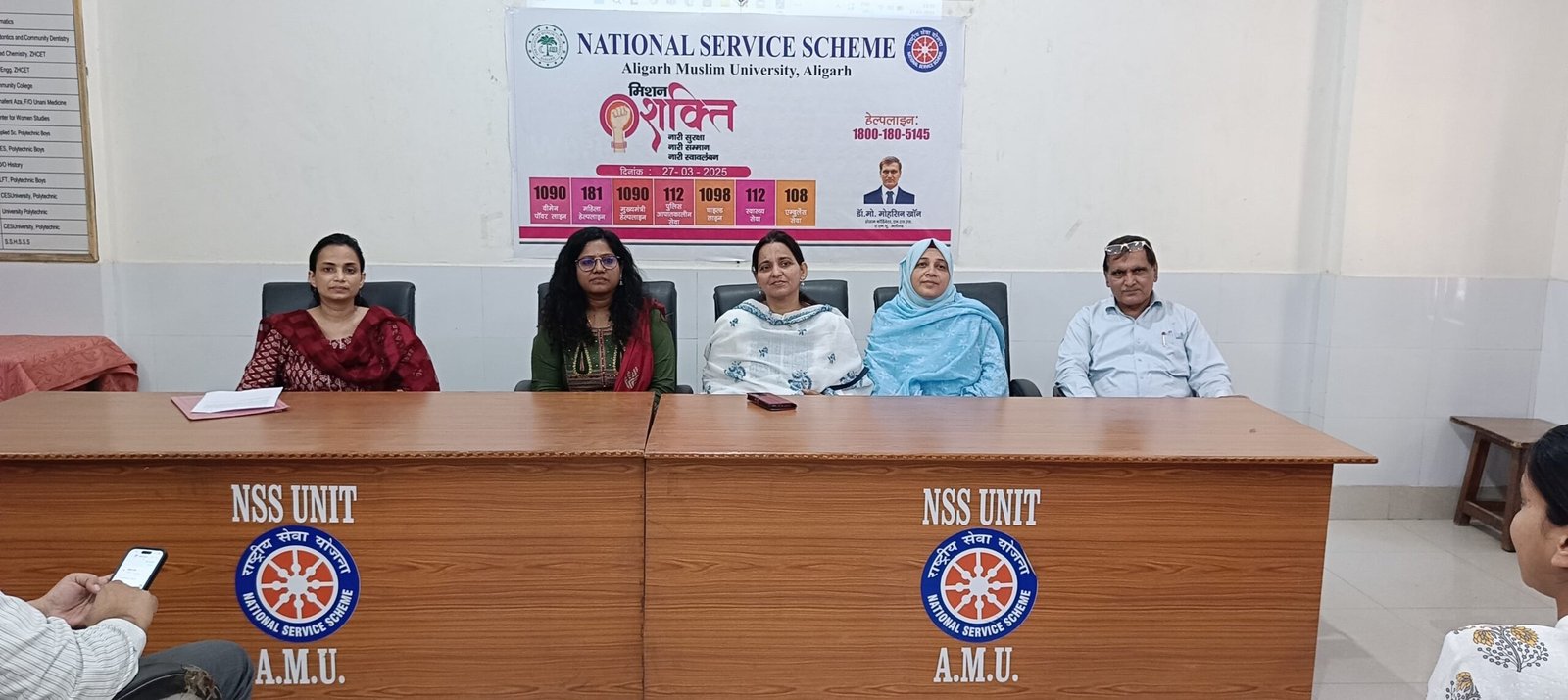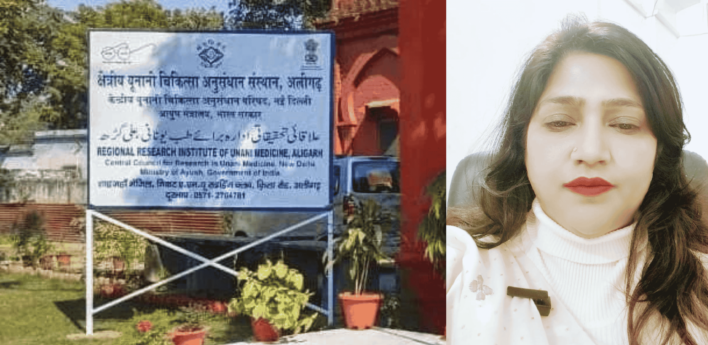
Aligarh, 25 February 2025 – The increasing use of Hindi in government and private offices is being recognized as a crucial step toward effective communication and cultural integration. Experts and officials emphasize that promoting Hindi in workplaces can enhance administrative efficiency and create an inclusive environment for employees. However, challenges such as the dominance of English, complex Hindi terminology, and lack of training continue to hinder its widespread adoption.
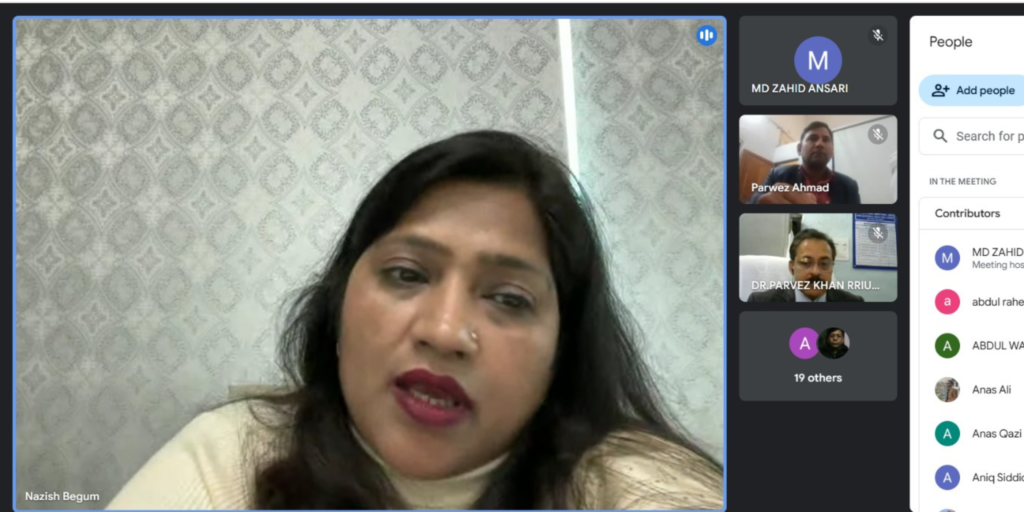

During a recent seminar on the role of Hindi in official communication, Dr. Nazish Begum, Associate Professor at Aligarh Muslim University, highlighted the importance of linguistic accessibility in governance. She stated, “The use of simple and clear Hindi in offices can bridge the communication gap between administration and the public. Ensuring that employees are comfortable in Hindi will make the system more efficient and transparent.”
She also said that while Hindi has gained prominence in various sectors such as banking, telecom, and digital marketing, there is still a long way to go in making it the primary language of official communication. Many organizations are now implementing policies to encourage employees to use Hindi in documentation and correspondence, ensuring compliance with the Official Language Act, 1963.
With technological advancements, digital tools like Google Input, AI-based translation software, and voice-to-text applications are making it easier for employees to work in Hindi. The seminar concluded with a call for increased efforts to promote Hindi in both government and private offices, ensuring that it remains a key medium for communication and administration in India’s diverse linguistic landscape.
Dr. Pervez Khan, Director of the Regional Research Institutes of Unani Medicine, Aligarh, which operate under the Central Council for Research in Unani Medicine (CCRUM), stressed the need for linguistic inclusivity in research and healthcare administration. He remarked, “Scientific research and medical documentation should also integrate Hindi to make knowledge more accessible to a wider audience. Language should not be a barrier in the dissemination of crucial information.”
Other dignitaries present at the event echoed similar sentiments, emphasizing the role of Hindi in bridging the administrative divide and making governance more citizen-friendly. Discussions focused on the need for structured Hindi training programs, the development of bilingual policies in offices, and the adoption of Hindi-friendly digital tools to facilitate ease of work.


